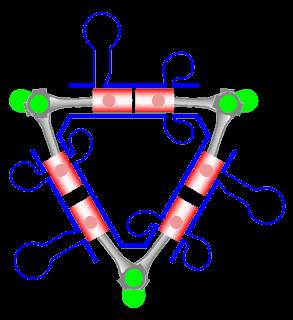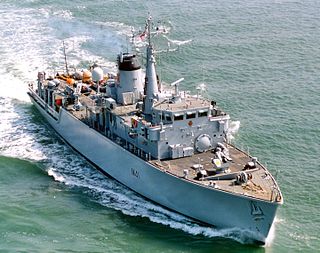 W
WThe Napier Deltic engine is a British opposed-piston valveless, supercharged uniflow scavenged, two-stroke diesel engine used in marine and locomotive applications, designed and produced by D. Napier & Son. Unusually, the cylinders were disposed in a three-bank triangle, with a crankshaft at each corner of the triangle.
 W
WThe British Rail Class 23 were a class of ten Bo-Bo diesel-electric locomotives built by the English Electric Company (EE) in 1959. The power unit used was a Napier Deltic T9-29 9-cylinder engine of 1,100 bhp (820 kW) driving an EE generator, which powered the four traction motors. They were numbered from D5900 to D5909.
 W
WThe British Rail Class 55 is a class of diesel locomotive built in 1961 and 1962 by English Electric for British Railways. They were designed for the high-speed express passenger services on the East Coast Main Line (ECML) between Edinburgh and London King's Cross. They gained the name "Deltic" from the prototype locomotive, DP1 Deltic, which in turn was named after its Napier Deltic power units.
 W
WEnglish Electric DP1, commonly known as Deltic, was a prototype 3,300 hp (2,500 kW) demonstrator locomotive employing two Napier Deltic engines, built by English Electric in 1955.
 W
WThe Hunt class is a class of thirteen mine countermeasure vessels of the Royal Navy. As built, they combined the separate roles of the traditional minesweeper and that of the active minehunter in one hull, but later modifications saw the removal of mine-sweeping equipment. They have a secondary role as offshore patrol vessels.
 W
WThe Tjeld class was a class of twenty fast patrol boats designed and built for the Royal Norwegian Navy in the late 1950s. They were used as torpedo boats in Norway where this type of vessel were called MTBs or motor torpedo boats (motortorpedobåt). They remained in service until the late 1970s, when they were placed in reserve; all were stricken by 1995.
 W
WHNoMS Nasty was a fast attack craft of the Royal Norwegian Navy, built as a private venture by Westermoen Båtbyggeri of Mandal, Norway. Designed by Jan Herman Linge she was an experimental craft, of wooden hull construction, launched in 1958. Nasty served with the Royal Norwegian Navy and was the prototype for the navies Tjeld class patrol boats. Boats to Nasty's design were also built for the US and German navies. Nasty was stricken in 1967.
 W
WThe Nasty class of fast patrol boats were a set of 20 vessels built for the United States Navy to a Norwegian design and purchased in the 1960s for covert operations during the Vietnam War. Following the conflict they remained in service until the early 1980s.
 W
WThe Deltic Preservation Society is a railway preservation group based in England. The society is dedicated to the preservation and restoration of the remaining Class 55 "Deltic" diesel locomotives operated by British Rail from the 1960s to the 1980s.
 W
WThe Tjeld class was a class of twenty fast patrol boats designed and built for the Royal Norwegian Navy in the late 1950s. They were used as torpedo boats in Norway where this type of vessel were called MTBs or motor torpedo boats (motortorpedobåt). They remained in service until the late 1970s, when they were placed in reserve; all were stricken by 1995.
 W
WThe Greek Tjeld type patrol boats were a set of six fast patrol boats built to a Norwegian design and operated by the Hellenic Navy during the 1960s and early 1970s.
 W
WThe Ton class were coastal minesweepers built in the 1950s for the Royal Navy, but also used by other navies such as the South African Navy and the Royal Australian Navy. They were intended to meet the threat of seabed mines laid in shallow coastal waters, rivers, ports and harbours, a task for which the existing ocean-going minesweepers of the Algerine-class were not suited.